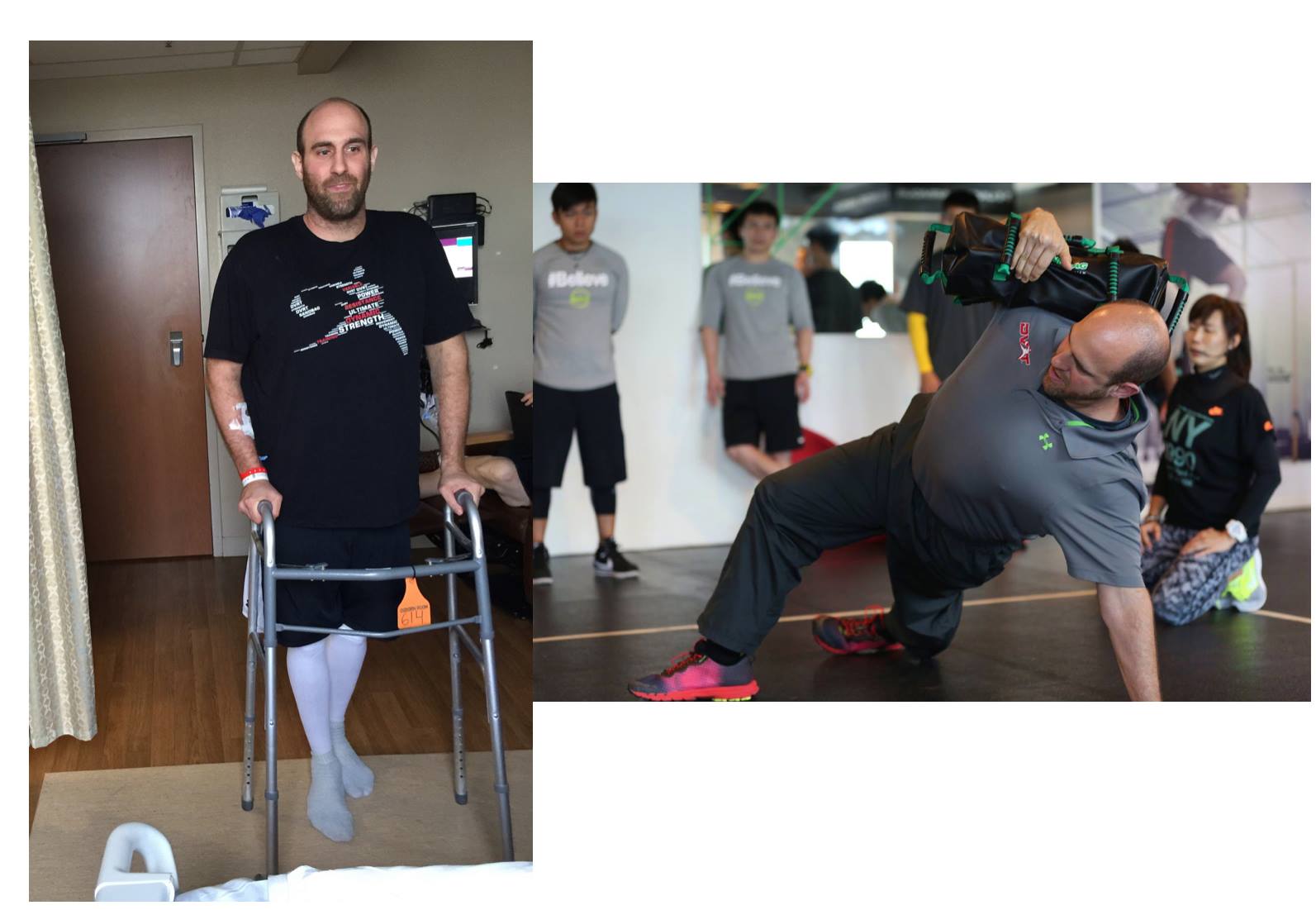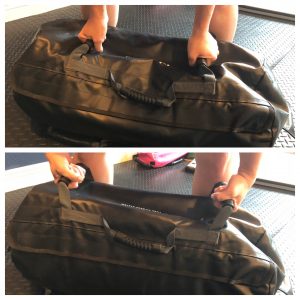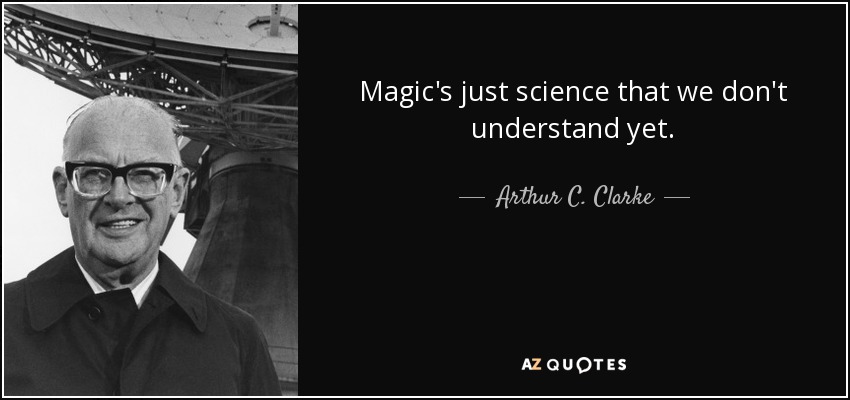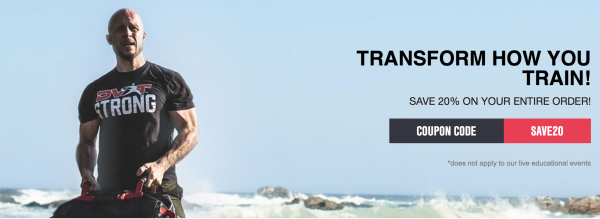3 Keys to Greater Mobility
2018-12-10
It will never happen, I’ll never be called a guru of mobility. That is as far as my ability to demonstrate incredible feats of crazy mobility. At the same time, my own challenges of achieving and maintaining mobility have taught me such incredible lessons about how to unlock, if you will, your mobility.
While there are now no shortage of “mobility masters” on the internet, very few of these experts can help you achieve instant mobility. Don’t get me wrong, their own achievements in mobility can be impressive, but it is often after learning most practice for years do people realize how their own mobility is accomplished.

We also tend to forget there is are genetic factors in mobility as well as injury history playing rather large variables in mobility. Just as strength, power, and speed are impacted by genetics, so is injury.
When we suffer an injury, even an old one, our body goes into a pattern of guarding. Whether that comes in shifting our posture and/or shutting down our range of motion to protect itself. I know this all too well because of my own battle of having a spinal disease with FIVE spinal surgeries and four fusions.

At first glance one might question my knowledge of mobility as I’m not doing any great splits and how can I be a resource with such issues myself. First off, my spinal issues are largely genetic. Second, more mobility isn’t always a good thing. Our goal shouldn’t be necessarily have extremes of mobility, but a balance of mobility and stability. The bigger question is what should we be spending our often limited time training focusing upon.
I’ll be honest, the more time you dedicate to mobility training often the better. People are always surprised that they feel so good after going to a weekend mobility course. I hope you do with two, eight hour days of mobility is often more than what most people dedicate to their mobility.
The reality is that most people don’t have such time and we don’t want to forget there are other elements to building mobility that makes it unnecessary to ignore all training together. So, what are the three most important ideas you need to know about better mobility?
Principle 1: Tension
While many people that train in activities like yoga spend lots of time releasing tension through the body, we forget that tension can help us move better. Now, those yoga people are right as excessive and unwanted tension can hurt our movement. What I am actually suggesting is specific means of creating tension in the body that turns on stabilizers of the body that have been shut off by too much sitting, injury, and/or imbalanced training.
This goes to the physical therapy method of PNF’s concept of “proximal stability for distal mobility.” In other words, the more stable areas of my body like the spine, the more “permission” my body gives in having range of motion in other areas like my shoulders and hips.

How we create tension will be key in helping people learn how to create stability that unlocks mobility.
How do I create proper tension? The first step is to use the hands and feet in very specific ways. In DVRT we often talk about “breaking” the handles apart in drills like deadlifts, rows, and even presses. This also applies when we do exercises like I discussed earlier this week (you can read HERE ) where we grab directly upon the Ultimate Sandbag and try to pull it apart.

These “little” things end up being a BIG deal.
This type of tension helps us connect many chains of the body, particularly that of the lats and core that helps create that stability to the spine that helps us unlock our shoulders. The same has to be done with the feet and we can give many forms of feedback to help people learn to “grab the ground” with their feet. This stimulates the core muscles from the ground to gluteus and core. Just like what happens in the upper body, this helps us create stability to better mobility in the hips.
I’ve seen JUST this method help mobility and pain free movement like few other things!
Principle: Load
Using weight often seems like a counterproductive way of building mobility. Yet, if we think of load as a teaching tool, we can quickly see that using weight can be one of the best ways to help people create better mobility.
More and more people are realizing the impact of tension to creating better mobility, but they miss that load gives us an opportunity to help the body to learn HOW to create better tension. When we hold a weight or have it upon our body, the core automatically starts to brace more and increases the tension we can create. That is why I always explain to coaches at our DVRT programs how we ALL move better WITH weight.
A great example is in our DVRT Dead Bug progressions. While we use a lot of cuing of “breaking” the handles, the fact we can grip tightly and have the load not just applying tension horizontally, but vertically as well makes the core activation in the movement significantly better.
DVRT Up Downs are a great example of how we create tension against the Ultimate Sandbag and practice stability and mobility at the same time.
Principle: Specificity
While using the first two principles alone can enhance overall mobility, we can’t forget the role of specificity overall. One of the foundational principles of training is the S.A.I.D. principle (specific adaptations to imposed demands). In other words, we get good at what we practice.
When it comes to building mobility this is especially true. If we want to develop more mobility in a squat, then using our concepts with thin a squat pattern will transform our squat fastest. The same can be said for improving hip mobility, especially internal rotation of our hip (where we typically lack the most movement in the hip). DVRT Master, Taizo Omura, shows how we use our DVRT Around the Worlds in a specific hip position to instantly improve internal rotation of the hip within just a few repetitions.
The DVRT Around the Worlds are a great demonstration of reactive core work using a combination of a lift/chop action with a plank. In such a drill we still create tension down, but we time our tension with relaxation in the upper body. We have to be a bit relaxed to have the arms mover around the body, but in the back side and when the weight is in front we can create a lot of tension into the ground to help brace our core and give us that added stability.
People often joke with me that we do magic tricks because during our DVRT courses we can improve movement so quickly in just a few repetitions of an exercise. I like to remind people of the famous saying that “magic is just science we don’t understand.” Once we understand the body you too can create “magic” rather easily.
Find out more how we create results most think are impossible with science of movement. Save 20% on our Ultimate Sandbags and our DVRT Online education with coupon code “save20” HERE

© 2025 Ultimate Sandbag Training. Site by Jennifer Web Design.







